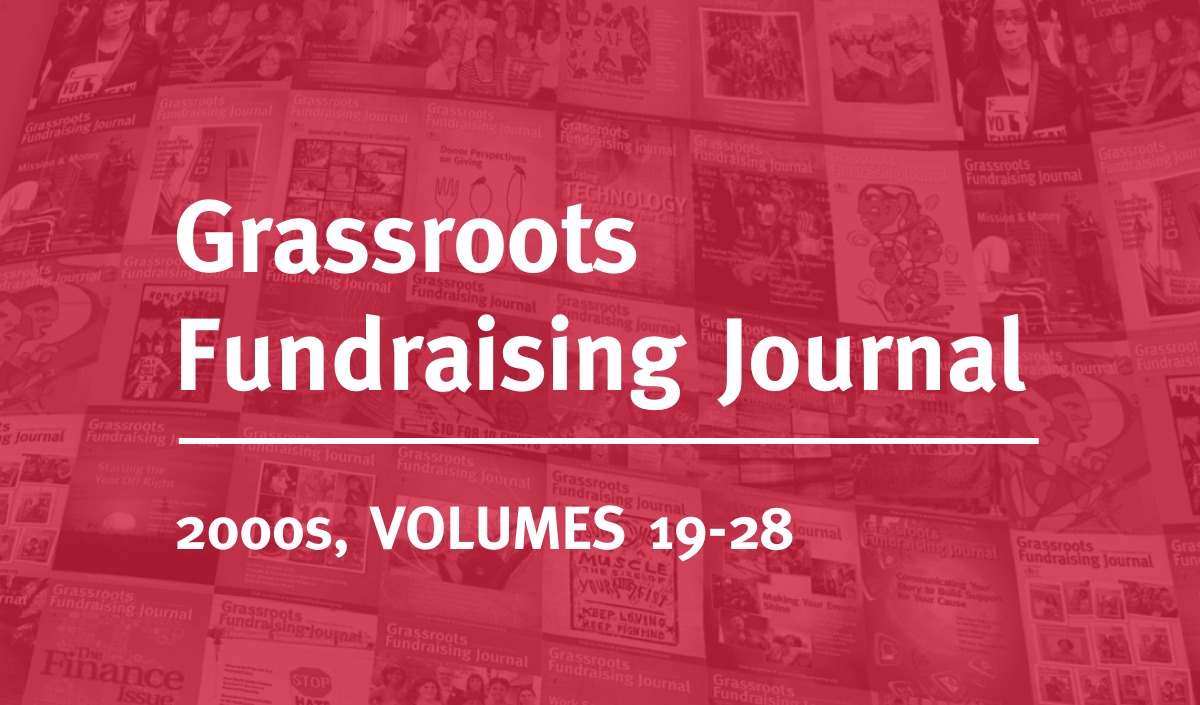February 23, 2011; Source: City Limits | In the midst of a recession, the impetus for municipal living wage ordinances has been generally back-burnered in most localities. Interest in the living wage appears to be reviving in New York City and will test nonprofits on where they stand on the issue.
In New York City, a law passed in 2002 requires city contractors to pay their employees $10 an hour. New legislation being considered by the City Council would raise salaries to $10 an hour for employees with health benefits and $11.50 an hour without benefits for all employees of companies receiving public subsidies from the city's Economic Development Corporation or Industrial Development Agency, including the commercial tenants of EDC- and IDA-subsidized projects.
The City Council has completed project-by-project community benefits agreements with developers, but its legal authority really only deals with land use approvals. A new living wage law would obviate the need for negotiating CBAs to get at higher wages for city contractors and the tenants of their malls and office buildings. Business groups are generally opposed, charging that city-subsidized projects like commercial malls would be competitively disadvantaged against similar projects that aren't subsidized.
Sign up for our free newsletters
Subscribe to NPQ's newsletters to have our top stories delivered directly to your inbox.
By signing up, you agree to our privacy policy and terms of use, and to receive messages from NPQ and our partners.
Small businesses say that they would be particularly disadvantaged. But the National Employment Law Project says that its experience in writing living wage laws for other cities such as Los Angeles says that living wage laws applicable to development subsidies have not been obstacles to development deals.
The question will be where nonprofits come down on the issue. Nonprofits such as the National Employment Law Project and the D.C.-based Center for American Progress study these issues and even help cities draft ordinances, but they aren't the nonprofits that are sometimes involved in government-subsidized economic development projects. Will the nonprofit groups that often work on commercial strip development projects opt for supporting the notion of higher wages for their workers or stand with developers resisting living wage requirements on the grounds of their impacts on project feasibility and competitiveness?—Rick Cohen












